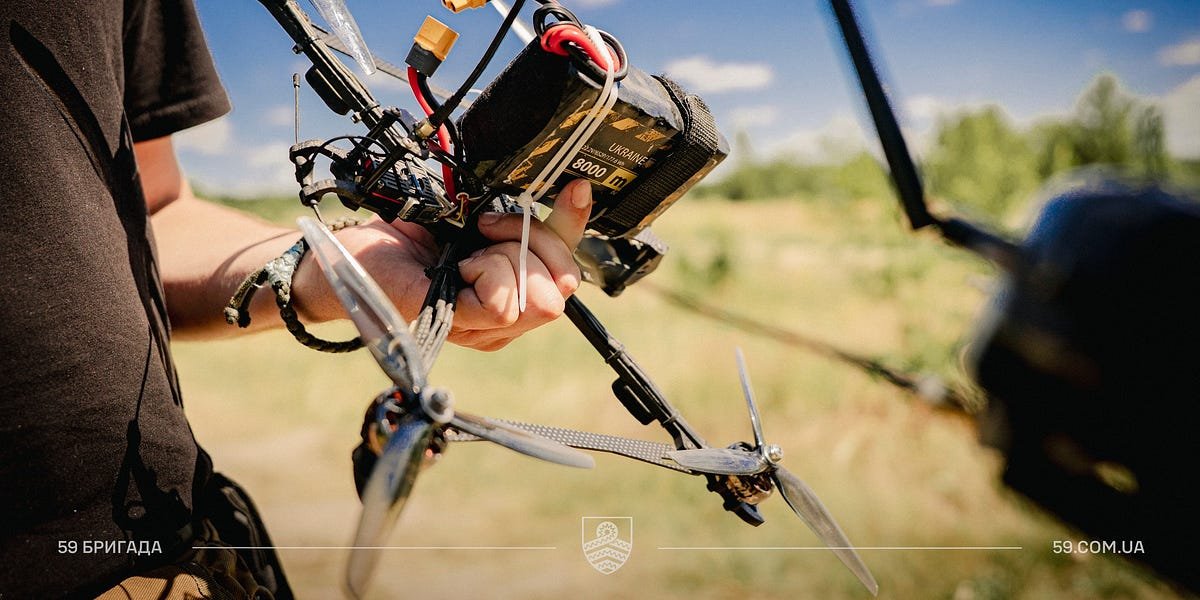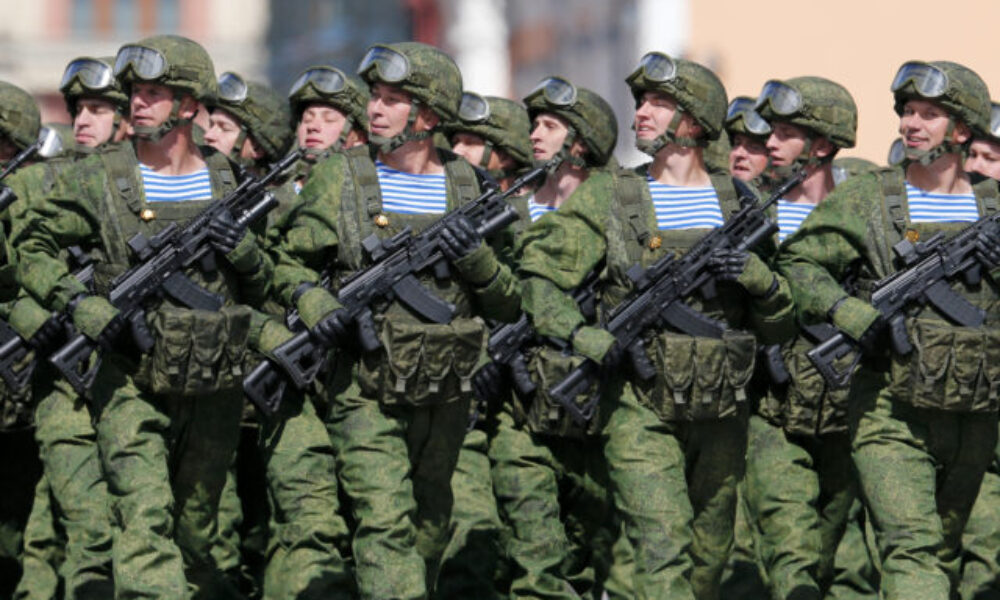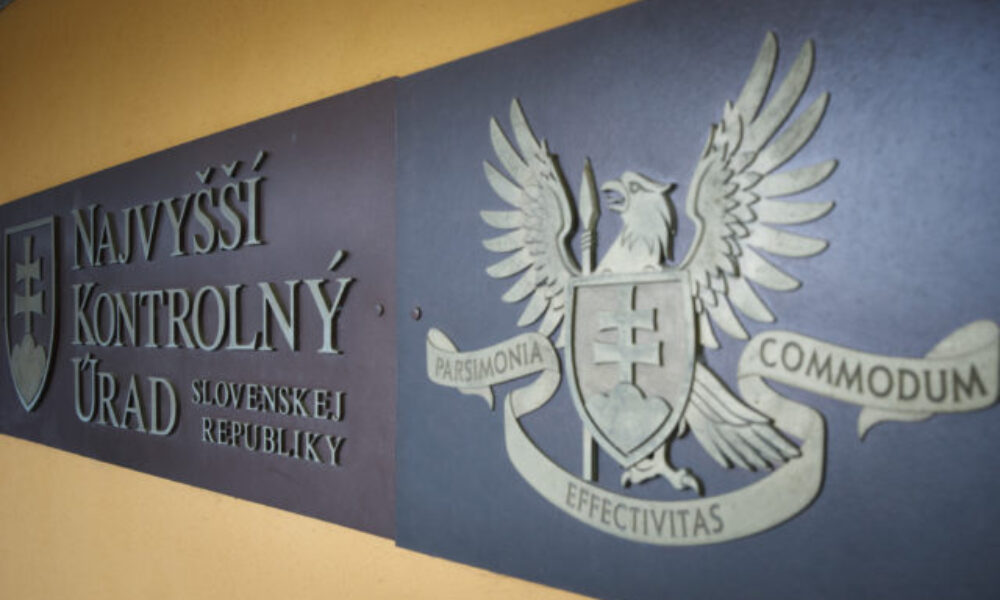
“I don’t know of a single NATO country capable of defending its cities if faced with 200-300 Shaheds every day,” said Ukraine’s Unmanned Systems Forces Commander Robert Brovdi. Yet Ukraine not only defends itself but also strikes the enemy with unmanned systems as a primary tool, disabling roughly 10% of Russia’s oil refining capacity and one-third of its strategic bomber fleet.
Ukraine’s drone units make up only 2% of personnel but account for one-third of enemy casualties. Imagine what will happen when unmanned systems achieve greater autonomy.
In this edition:
-
Military Communications and Drones;
-
Ukraine’s Long-Range Drones and Their Limitations;
-
Is Ukrainian Electronic Warfare Keeping Up With Russian Drones?
-
and 10+ other updates on drone warfare in Ukraine and Russia.
Thank you for reading and supporting my work!
Military Communications and Drones
Military communications is one of the most classified areas of modern warfare, but without it, it is impossible to conduct combat operations effectively.
The Signal and Cybersecurity Forces are a separate branch of the Armed Forces of Ukraine, tasked with planning and ensuring the deployment, dismantling, and operation of communication and information systems, combat control, and alert systems during peacetime and under emergency or wartime conditions.
Here is the summary of an interview with the commander of one of the platoons of the 81st Separate Communications Battalion, Oleksandr Karpovych:
-
Communications are becoming more technological. Old Soviet-made radio relay stations like the R402 (“Rezeda”) are being phased out. These can transmit information via high-speed internet, but require large vehicles like ZIL trucks with specialized bodies and lots of equipment.
-
In modern mobile warfare, maintaining such heavy equipment is time-consuming, expensive, vulnerable, hard to conceal, and requires many personnel—especially given the threat from enemy reconnaissance drones and UAVs.
-
Starlink is the fastest and easiest way to get internet anywhere in Ukraine. The antenna can be mounted on a vehicle and powered from the onboard network. It’s light, compact, convenient for drone operators, and can be transported in a regular car.
-
TooWay (satellite internet from Eutelsat, Ka-Sat) is an alternative. Lower speed (~30 Mbps) but stable and without breaks. Less mobile than Starlink. Before the full-scale war, it was used actively. When Starlink didn’t work (e.g., during operations in Russia), TooWay was used instead.
-
The U.S. provided shortwave Harris radios. They are complex to set up, require trained specialists, and have their own repeaters. Integration with other commonly used Ukrainian radios is challenging.
-
In the Ukrainian army, Motorola is the main radio station, more universal and user-friendly. Harris is mainly used by airborne assault and marine brigades, but not all.
-
FPV drones are rapidly evolving in range, power, endurance, and numbers on both sides. Ukrainians pioneered dropping explosives from drones; Russians adopted and scaled it. Their FPV drones can now penetrate over 20 km beyond front positions, with daily incursions.
-
Towns like Mezhova and Dobropillia suffer most from FPV drones with enhanced batteries, not fiber-optic drones. Russians launch large drones with repeaters at 2–3 km altitude, hovering for hours, relaying signals to FPV drones. Hard to detect at altitude; neutralizing requires significant EW resources. Destruction is difficult with small arms. Explore a deeper look at how Ukraine is defending its cities against Russian FPV drones here.
-
Military communications units are not the ones to fight enemy communications tools like FPV drones. Ukraine’s expensive EW systems shouldn’t be placed directly in active combat zones. Ukrainian forces can counter by launching FPV drones to destroy enemy antennas, just as the Russians do. For communications, the key is eliminating enemy antennas—something achievable with existing weapons.
-
Ukrainian-made HIMERA specializes in the production of tactical secure radio communication systems. Currently, it has about 7,000 users within Ukraine’s Defense Forces. The company’s flagship product—the G1 PRO radio—has already been codified by Ukraine’s Ministry of Defense and assigned a NATO code. In addition, the company has passed verification of its AES-256 encryption algorithm.
-
Himera radios, tested in combat conditions in Ukraine, are equipped with:
-
In spring 2024, Himera signed an exclusive agreement with the American company Reticulate Micro, which specializes in secure communications. In February 2025, Himera entered into a strategic partnership with the Canadian company Quantropi, which operates in the field of quantum-safe data encryption.
-
Thanks to this collaboration, Ukrainian radios will gain a post-quantum level of protection, making them even more reliable for military use. The agreement includes integrating quantum-safe encryption into the G1 PRO devices, R1 and B1 repeaters, as well as E1 internet extenders. Quantropi will become the exclusive distributor of Himera products in the US and Canada and will also have the right to promote them in NATO countries.
-
In May, Himera received a grant from Google: $100,000 in equity-free funding, along with mentorship from Google and access to Google products.
Ukraine’s Long-Range Drones and Their Limitations
With limited resources, Ukraine, rather than launching large-scale attacks, carries out precise strikes on key vulnerable targets within Russia, especially those related to military logistics and energy infrastructure.










